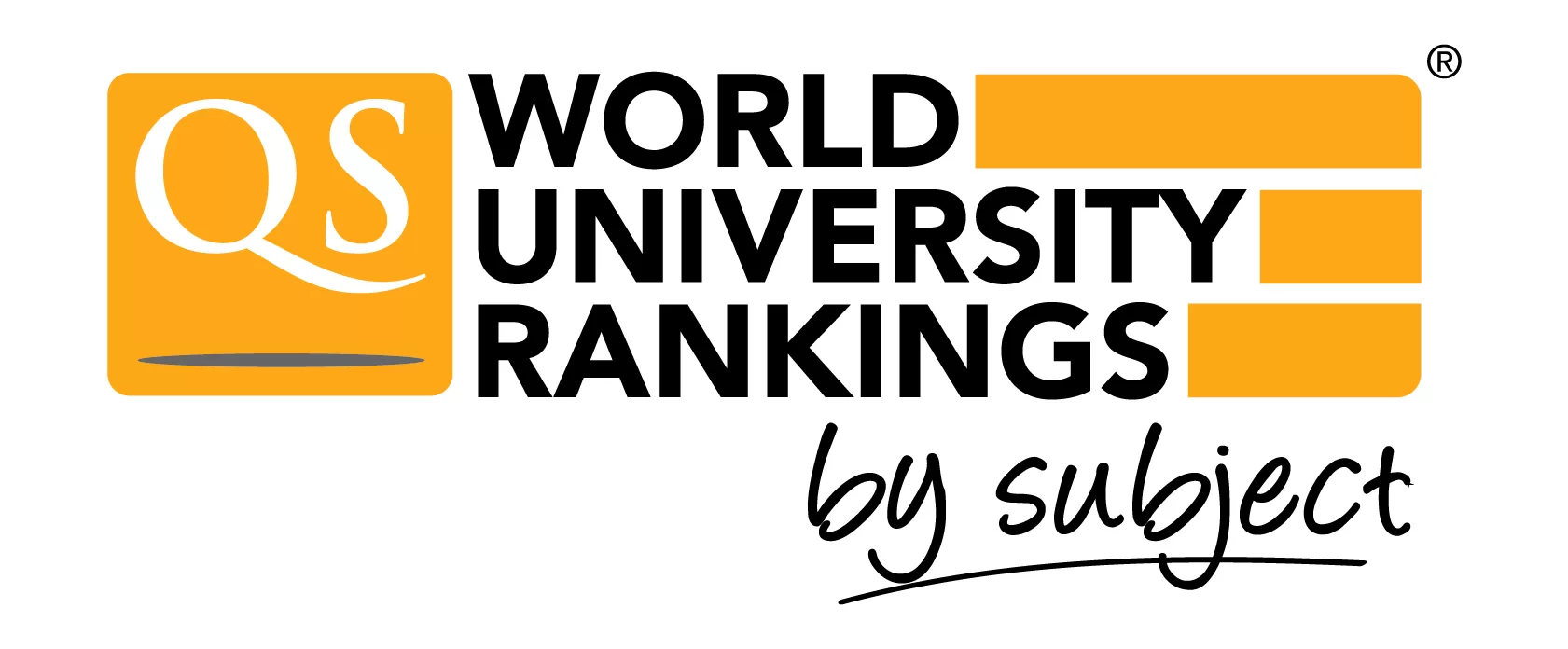
Universities from a total of 17 different countries on five continents make the top 20 in at least one of the new subject rankings published by QS. The rankings – now in their second year – cover a record 29 disciplines.
The Massachusetts Institute of Technology (MIT) and Harvard underline their place at the forefront of global academia in a range of fields, topping the tables in 11 disciplines apiece. The remaining top places are occupied by Oxford and Stanford universities, with three each, and Cambridge, which leads the world in English language and literature.
But the rankings demonstrate that world-class programs are on offer worldwide, and not just in the handful of famous universities that dominate institutional comparisons such as the QS World University Rankings. The exercise is notable for the number of leading departments that are highlighted at institutions unaccustomed to the upper echelons of global rankings.
Universities in different regions display particular strengths in these rankings, many of them relating to historical educational cultures and the ways in which different discipline areas have been prioritized as part of governmental policy. For example, the tradition of liberal arts education in the US and UK is well established, and it is little surprise to see those countries dominating subjects such as history, philosophy, English literature and law.
Anglophone universities also have an obvious advantage deriving from the global reach of the language (more pronounced in essay-based subjects), and the fact that many of the major journals in these disciplines are published in English. Put simply, if you are an academic in the arts and humanities writing in English, your work stands a better chance of being widely read and cited outside of your own country than if you are publishing in Hungarian or Korean.
In science and technology subjects, the global spread of universities represented at the top of the tables is notably more diverse. This reflects the position of these disciplines at the epicentre of global competition, with governments around the world striving to increase their research performance. In Germany, for example, the Excellence Initiative has channelled greater resources into scientific research at its leading universities, notably 11 handpicked ‘universities of excellence’.
The encouraging performance of these institutions is testament to this drive to increase productivity. A total of 14 German universities make the top 50 in at least one subject, led by Ludwig-Maximilians-Universität München, which ranks 12th in the world for physics, placing it fifth in Europe. Other excellent performances in physics come from Swiss sister institutions ETH Zurich and Ecole Polytechnique Federale de Lausanne, both of which make the top ten.
However, perhaps the most concerted drive to increase innovation and stimulate knowledge-based economic growth through scientific research has come from Asia. China doubled its main scientific research budget between 2009 and 2011, and production of published research papers rose from just under 200,000 in 2006 to more than 330,000 in 2010.
Similar investments have been made in Hong Kong, as well as in countries such as Singapore and Korea, whose proportionate spending on higher education is among the highest in the world. India has ambitious plans of its own, and is grooming its Indian Institutes of Technology to become global centres of excellence in the coming years.
It is far too early to start predicting that Asian universities will eclipse those of the West any time soon. However, these rankings demonstrate the progress that Asia has made in science and technology disciplines to a far greater extent than is possible in the overall QS World University Rankings.
Asia accounts for around a quarter of leading institutions in engineering, mathematics, chemistry, and material sciences. The University of Tokyo ranks second in civil engineering, while the National University of Singapore, Peking, Hong Kong and Kyoto universities make the top ten in at least one discipline.
China flexes its muscles with 17 top-30 rankings, while India records its best-ever positions in QS rankings, with the Indian Institute of Technology Delhi and the Indian Institute of Technology Bombay ranking 30th in the world for civil and electrical engineering respectively. An unprecedented 13 Indian universities feature in the top 200 in at least one subject.
Full results of the 2012 QS World University Rankings



